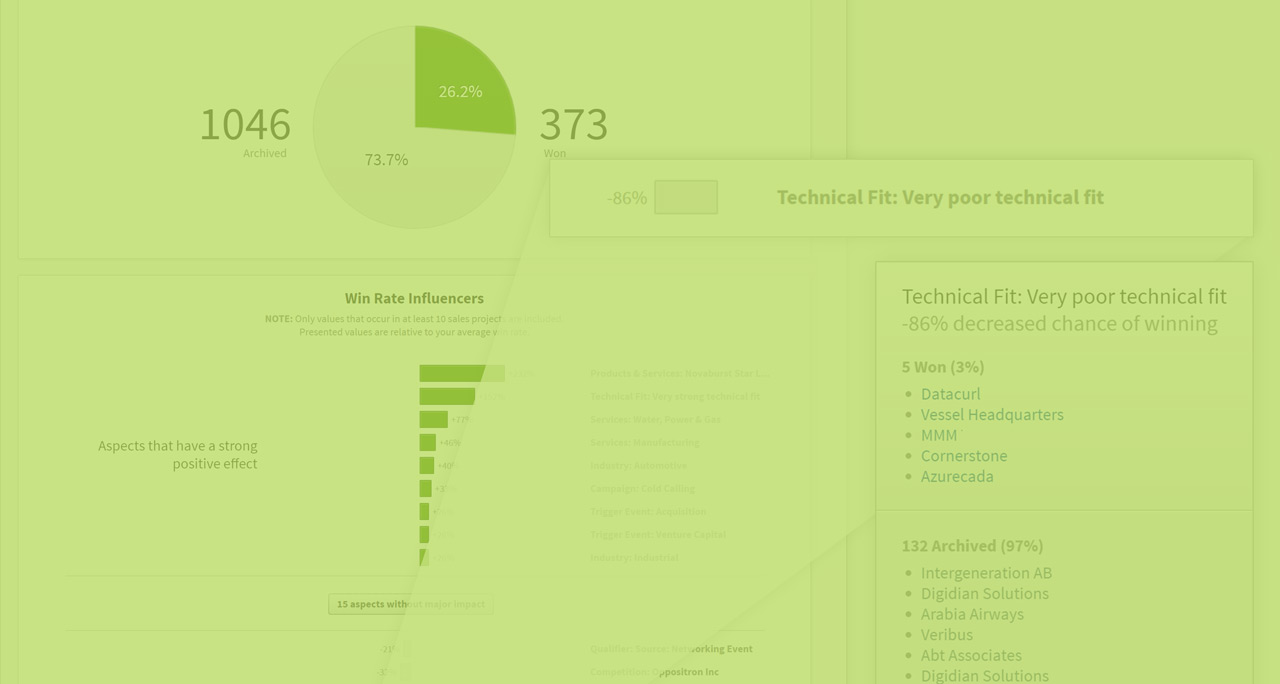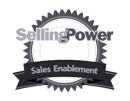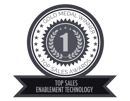sales enablement
What Is The Role Of Sales Enablement?
This post may seem like I’m bashing the sales enablement function and sales enablement professionals. Taken in its most broad context, it’s a critical function. Sales enablement professionals have a tough and important job. Many of the most important initiatives focused on improving sales performance come through sales enablement.
What is Sales Force Automation (SFA), and why should you care?
Nearly every industry in the world is looking for ways to automate processes, and the sales industry is no exception. The word Sales Force Automation (SFA) sounds promising in that it promises a reduction in costs and efficiency improvements. However, sales force automation is not (yet?) everything it is hyped to be.
CEOs: Why are you ignoring the cost of failing new sales hires?
Everybody in sales leadership knows that a bad hiring decision, or failed on-boarding, is a costly mistake. So why is turnover still so high in the sales industry? Maybe leaders feel like they can’t fix it, so why bother trying. Or they feel like they have more pressing concerns.
Here’s why you need to understand confirmation bias in sales
It’s no secret that human beings do not always make perfectly logical decisions. As much as we may try, our emotions frequently get in the way. To make matters worse, our brains can get in the way, too. We are quite literally wired to take “shortcuts” in thinking, called “heuristics.”
Sorry, but AI is not going to do what you think it is
Artificial intelligence (AI) is trending in nearly every industry, ours included. AI promises to automate many routine functions, to reduce head count, and to help everyone work smarter. Salesforce released their version of “artificial intelligence,” dubbed “Einstein,” last fall, and have been touting its miraculous powers ever since.
How to optimize sales effectiveness with Membrain
Many sales leaders remember when Salesforce hit the market in 1999 and created a buzz around how it was going to make sales more efficient and effective and increased pipeline visibility.
External Exposure
Podcasts
- Tony Morris interviews George Brontén on the podcast "Confessions of a serial seller"
- Deadly Assumptions that are Killing your B2B Sales - Outside Sales Talk with George Brontén
- SaaS-Story in the Making: Designing a Buyer-focused Sales Process - with George Brontén
- Tibor Shanto, Sales Scrum, interviews George Brontén
- Andy Paul, Sales Enablement: Stop Killing Deals, with George Brontén
- Jonathan Farrington interviews George Brontén about Stop Killing Deals [the book]
- Sales Futurists: The Future of Professional Selling - What Will the New "Normal" Be Like?
- Sales Pipeline Radio: You’re Killing Sales Deals Without Knowing It: George Will Help You Fix It
- Penta Marketing Interviews George Bronten in the Podcast Emerging Stronger™
- Integrity Solutions: Unmasking and defeating deadly assumptions that plague sales organizations
Videos & interviews
- The Top 5 Ways You are Killing Your Sales - Brutal Truth Sales Podcast
- Phil Gerbyshak interviews George Brontén about the Stop Killing Deals book release
- Membrain's Founding Story
- Sales Tools - the Good, the Bad, and the Ugly
- Here's what to consider when adding or switching your CRM
- Productivity, efficiency, effectiveness – what’s what and where to focus?
- How to Build a Sales Process That Drives Successful Behaviors
- Can Checklists Stop Deals from Dying and Help Consistently Achieve Quota?
Guest Posts
- G2Crowd: "How to Get the Most out of Your Sales Technology Investment"
- Saleslounge: Varför dina stjärnsäljare blir dåliga säljchefer
- Saleslounge: Vad är komplex försäljning?
- Vainu: Så blir du en mästare på komplex B2B-försäljning
- CSO Insights: Sales Process Interview, Part 2
- CSO Insights: Sales Process Interview, Part 1
- Richardson: 3 Pitfalls that Still Make Sales Teams Waste Time and Lower Sales Effectiveness
- Smart Selling Tools: How to Stop Fighting the Monster of Sales Technology Complexity









